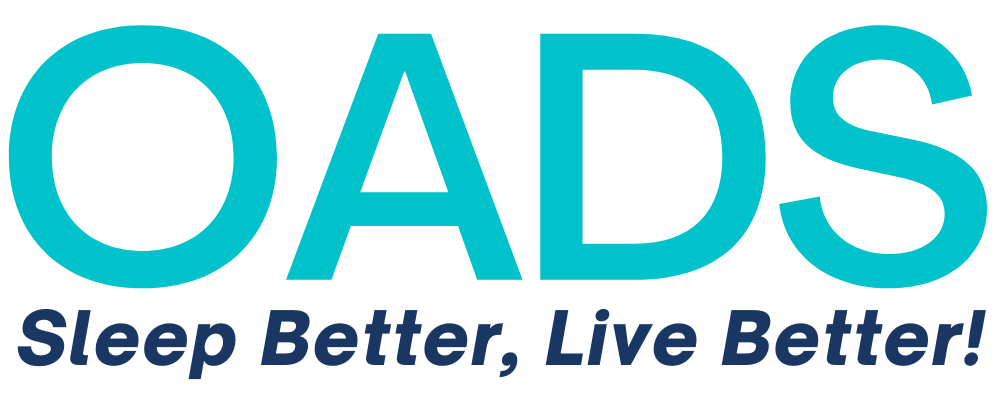The Role of the Nose
Nasal breathing is more difficult when there is congestion, allergies, or other forms of obstruction. This forces the body to mouth breathe. Mouth breathing is a common reason for CPAP intolerance.
Mouth breathing is not normal and leads to facial structural changes and skeletal alignment issues. In addition, it can lead to other issues such as dental tooth decay and gum disease.
If you tried CPAP and were unable to tolerate the treatment, nasal congestion and the need to mouth breath could have been a factor.
There are 2 common reasons patients with OSA may be unaware of their nasal congestion that often leads to mouth breathing.
1. Just the change from sitting to lying at sleep times can cause nasal congestion. It can take anywhere between 30 to 90 minutes for nasal congestion to develop when first lying down; and by then you may have fallen asleep and are unaware of the problem.
2. The lack of awareness of normal nasal breathing. It is common for nasal obstruction to be a factor since early childhood, thus leading to having no frame of reference for what normal breathing should be.
There is building clinical evidence that nasal congestion is a risk factor in sleep disordered breathing.
Increased nasal resistance caused by congestion or obstruction are commonly cited as a complication and primary reason for CPAP and/or oral appliance intolerance.
(Sugiura, T., et al.; Respiration,2007: Zeng, B. et al. SLEEP 2008)
O2Vent Optima

